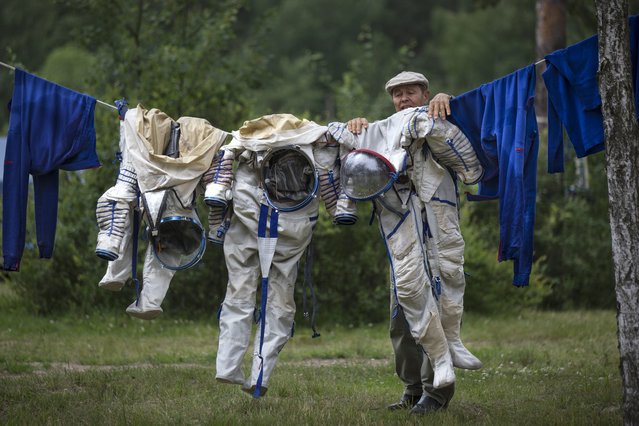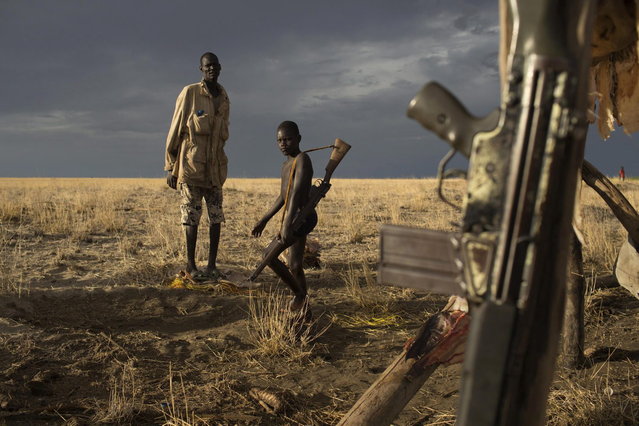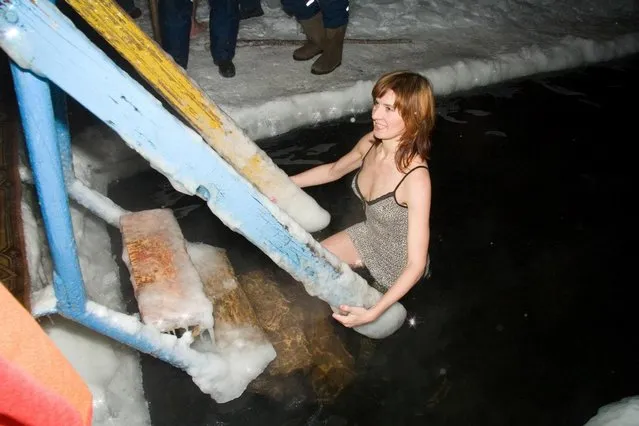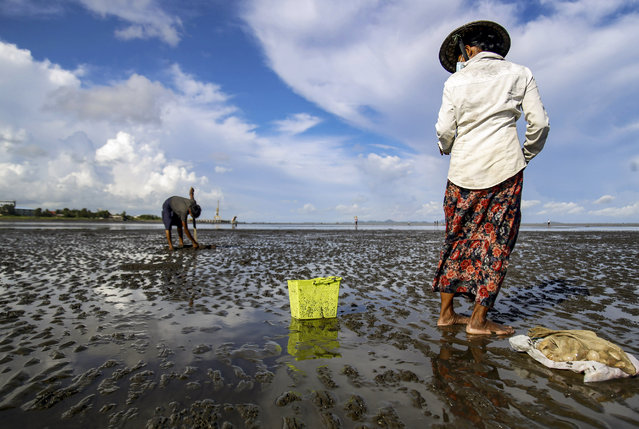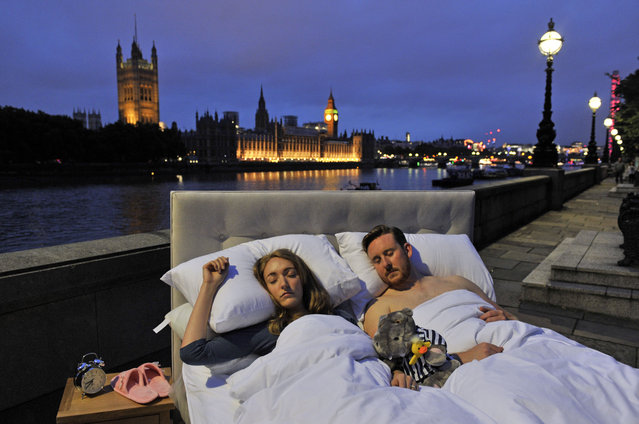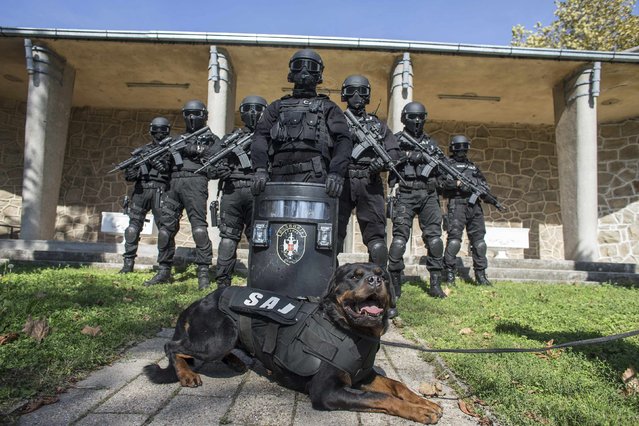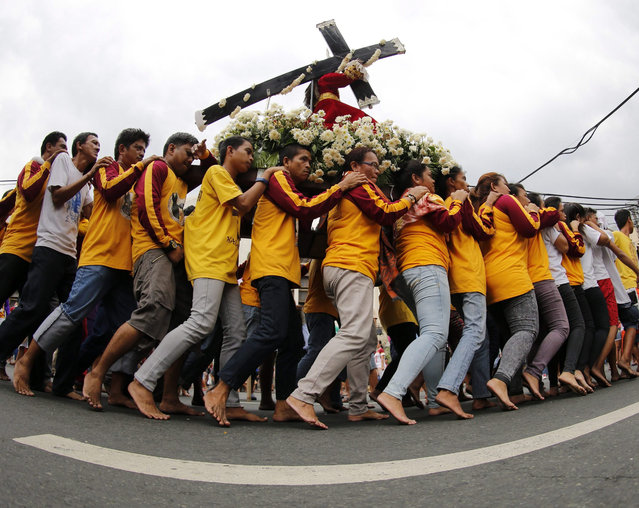
Filipino barefoot Catholics carry a replica of the Black Nazarene during a procession ahead of the Black Nazarene feast day celebrations in Manila, Philippines, 07 January 2016. The procession of the Black Nazarene is expected to draw millions of barefooted Catholic devotees to Manila on 09 January, according to a Manila police official. (Photo by Francis R. Malasig/EPA)
09 Jan 2016 08:04:00,post received
0 comments

